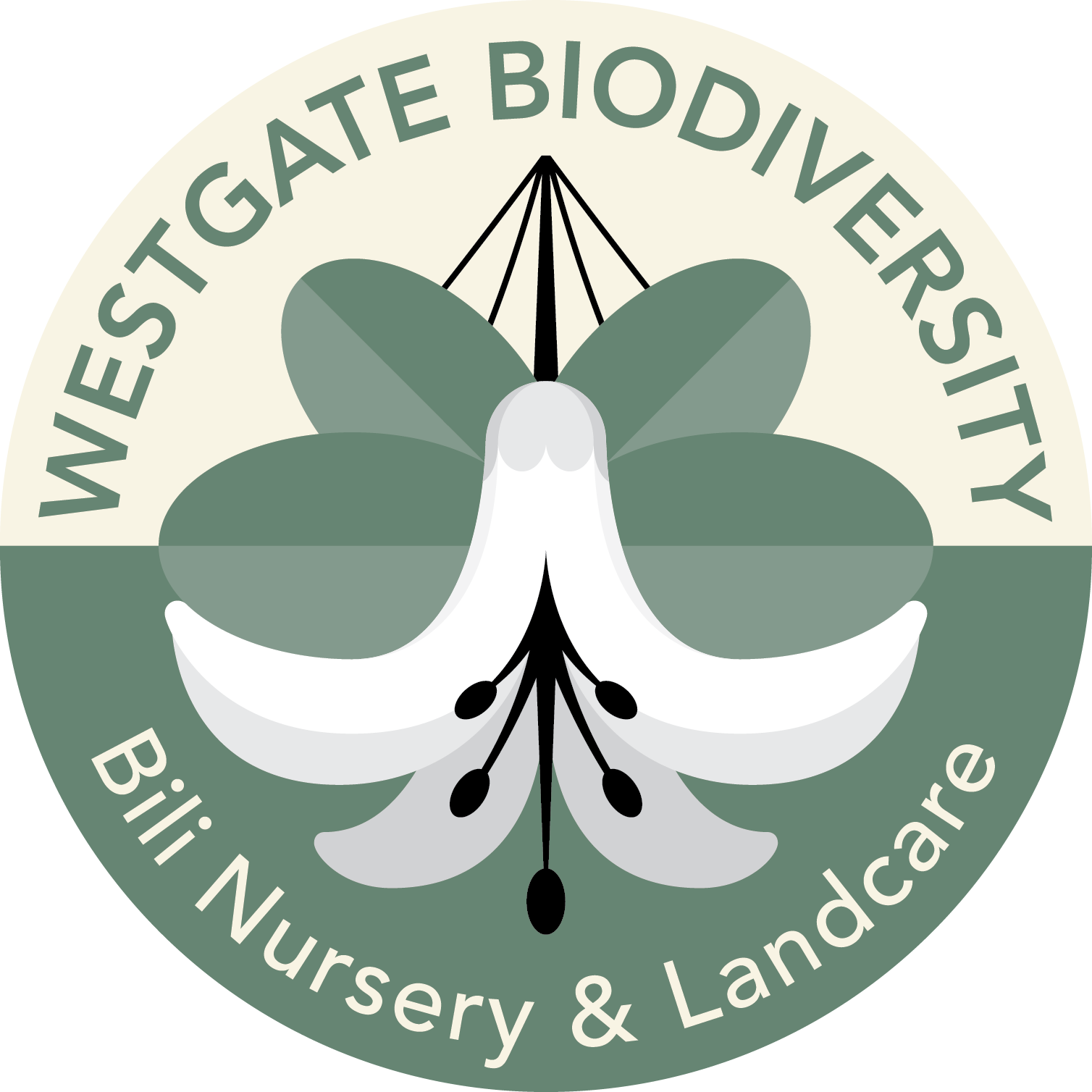Register for nest box monitoring
Register your interest
Microbat nest box monitoring
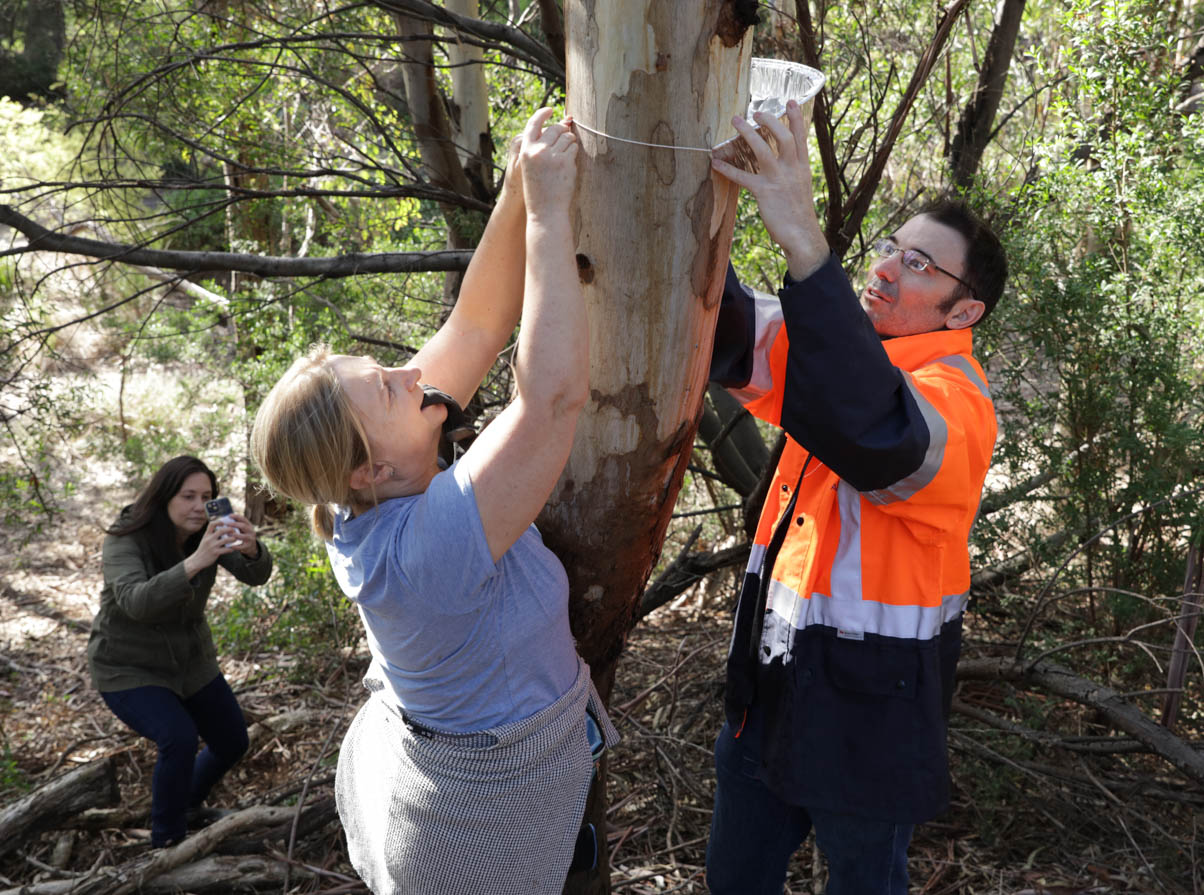
The Wildlife Conservation Society at Melbourne Uni came to the Park in force on Saturday.
Their tasks were to finish microbat box numbering, record the facing direction, and measure the heights of the nest boxes erected for microbats. We do this to see what different heights might mean for occupation.
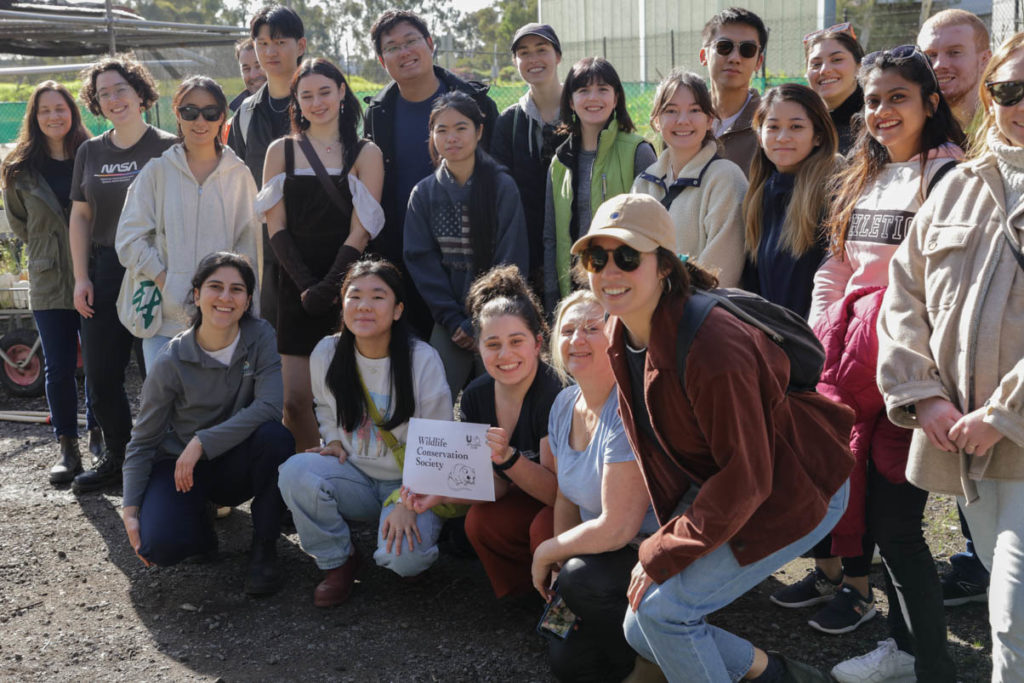
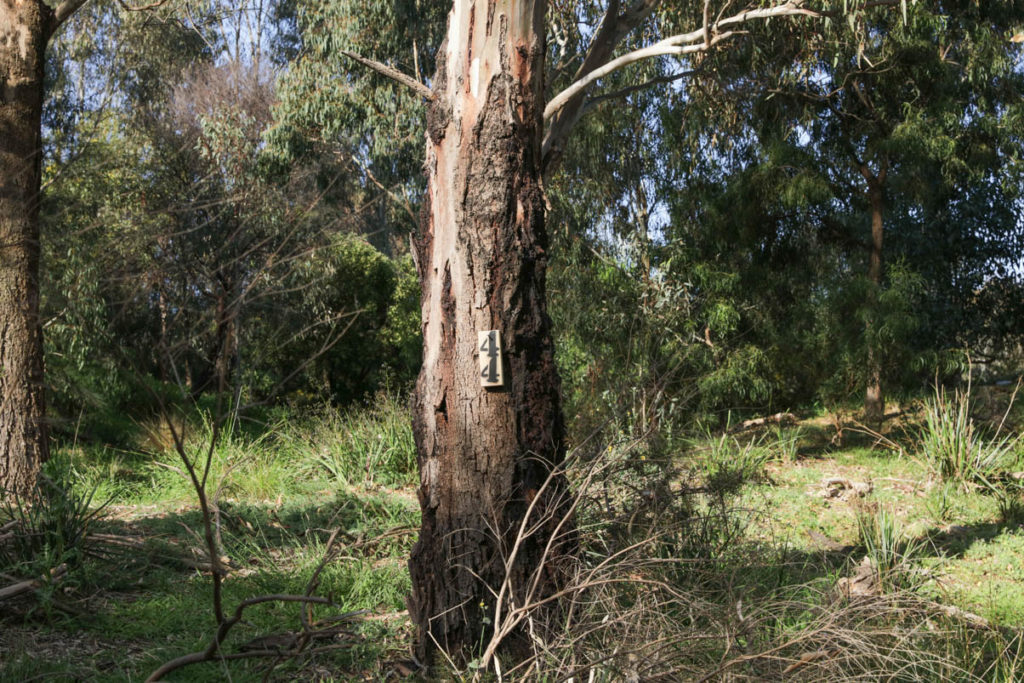
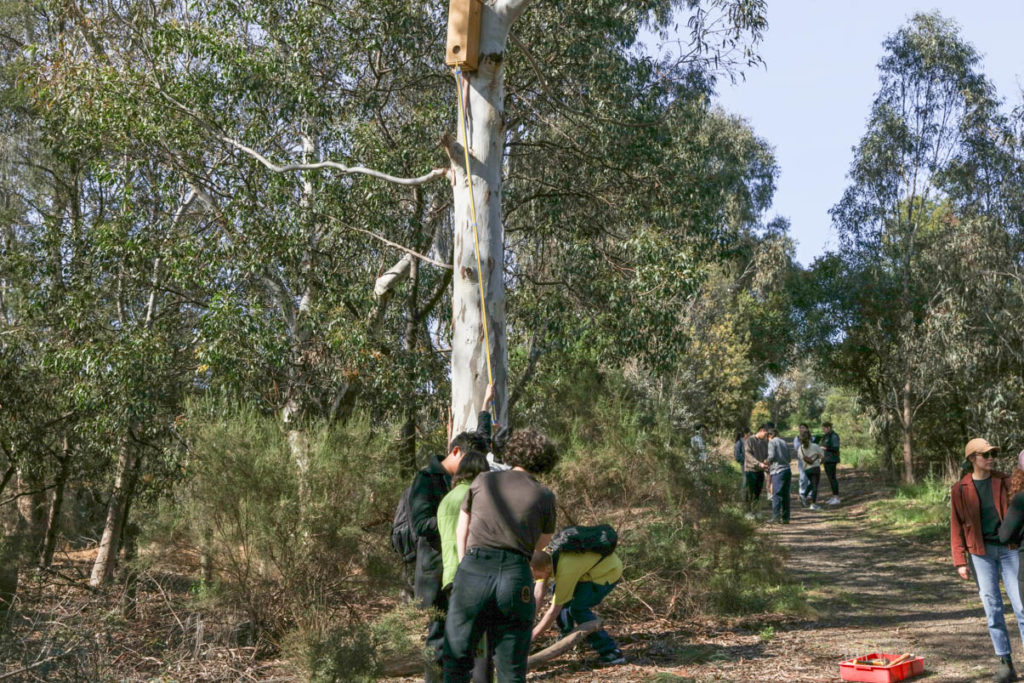
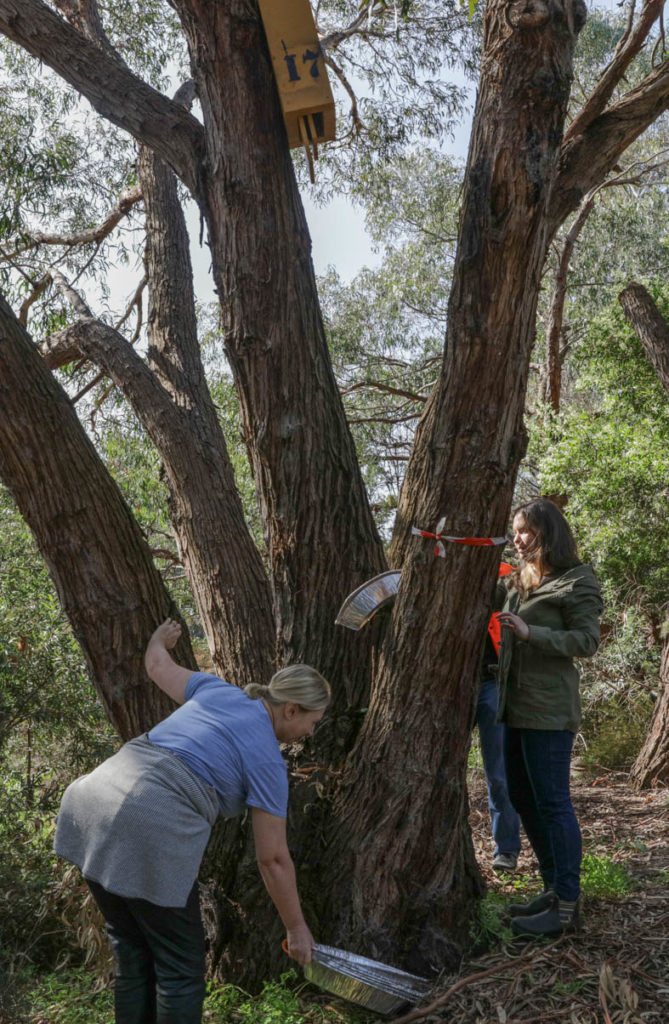
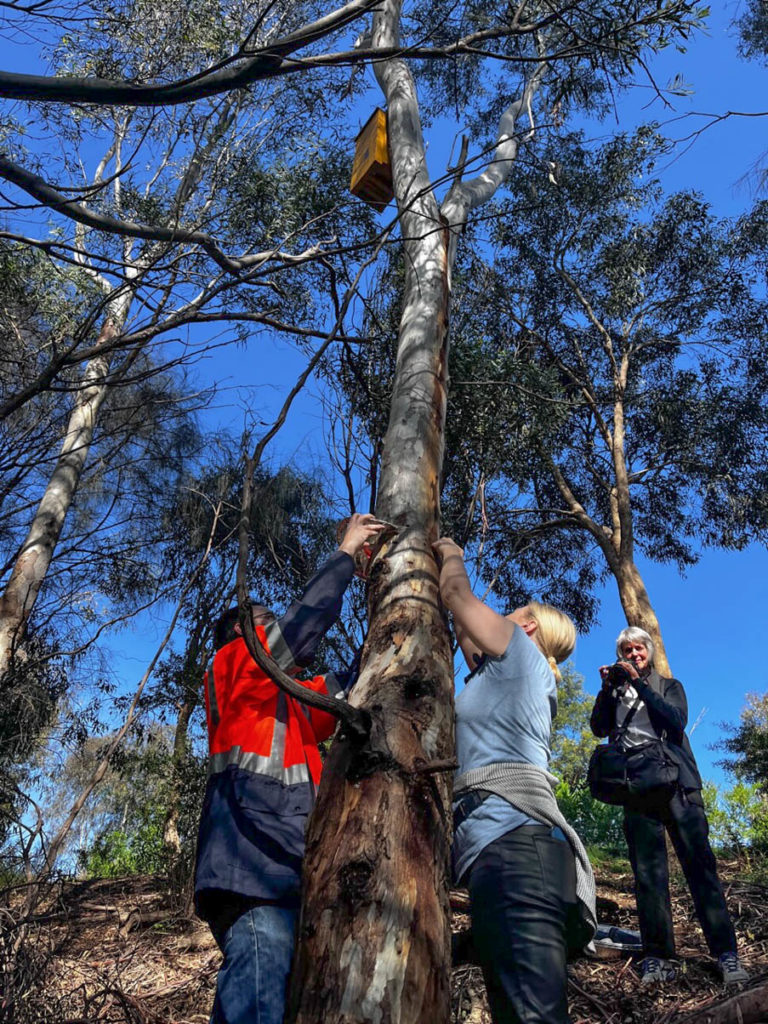
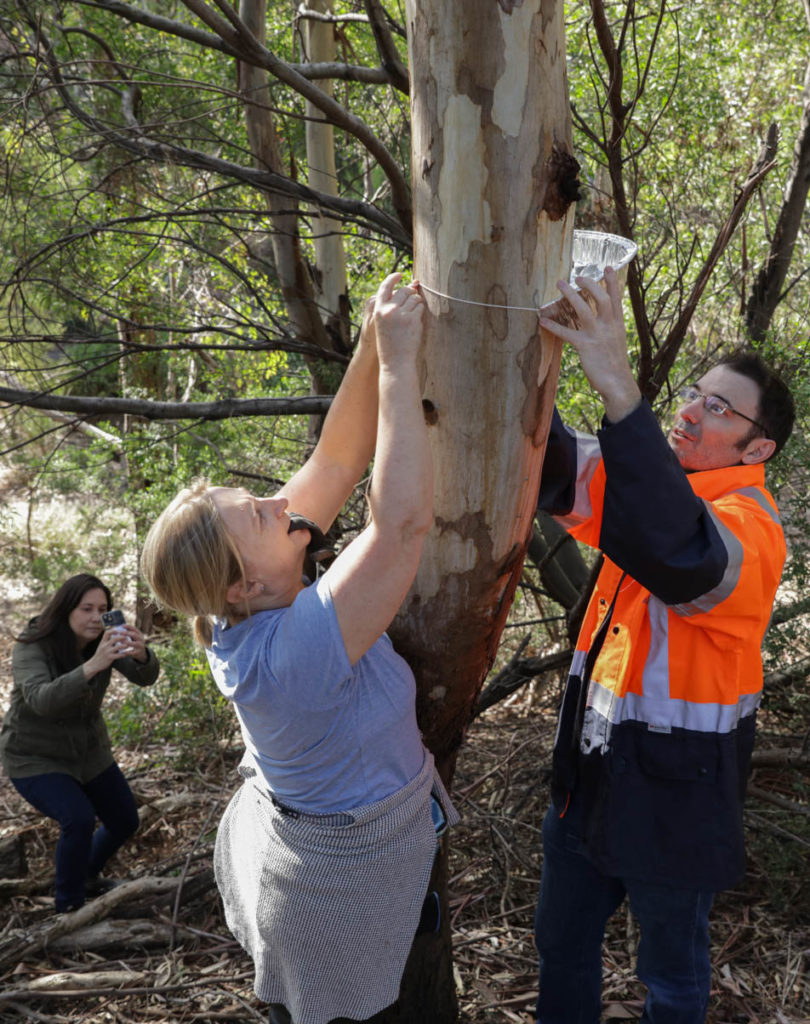
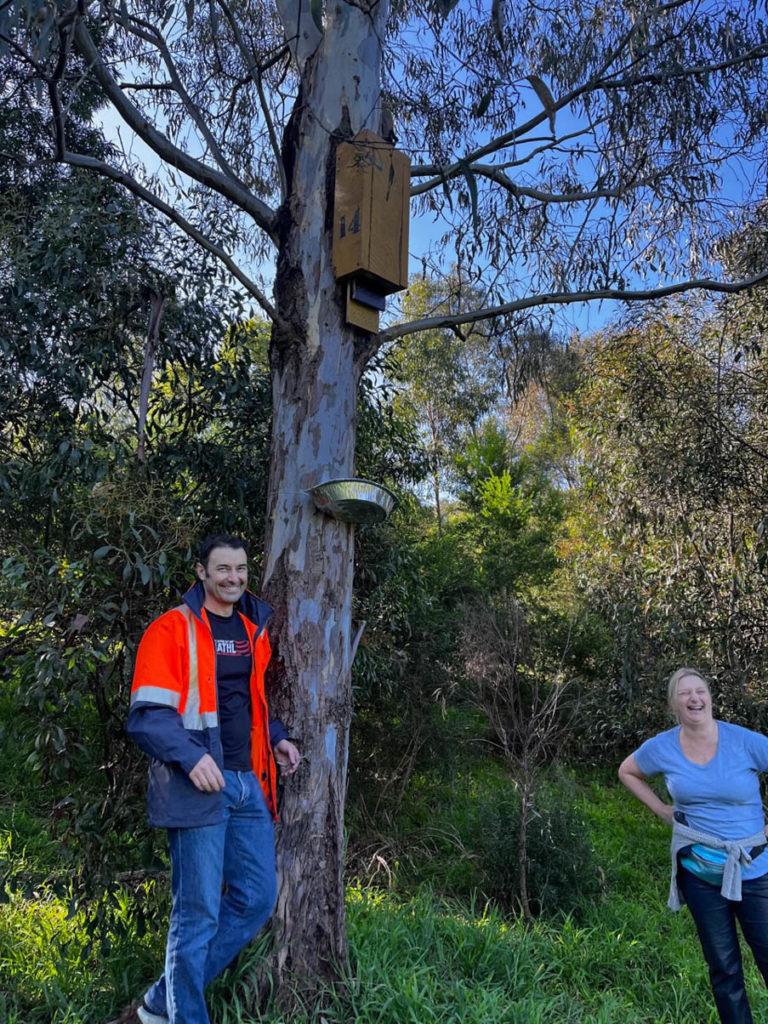
Meanwhile, our regular microbat crew attached temporary foil trays beneath 5 of the nest boxes so we might see evidence of occupation in the form of poo.
And if you ever wondered about bat poo, here’s some helpful advice from the SA Government:
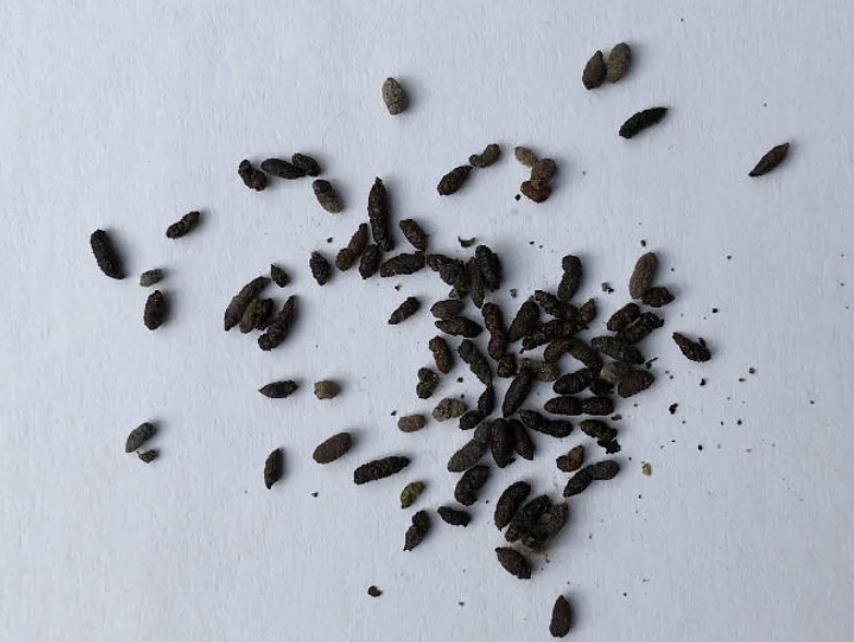
If you have microbats living in your roof or chimney, you’re likely to see their poo lying around. It’s very similar to mouse poo in size, shape and colour, but the consistency is much drier.
If you’re looking at a little black poo and wondering whether it came from a bat or a mouse, put on rubber gloves and roll one between your finger and thumb. Mouse poo will squash, while bat scat crumbles.
We will be monitoring microbat nest boxes monthly now that spring brings warmer weather and microbats will be out foraging after their winter torpor.
Come and join us to learn about microbats and monitor their presence at Westgate Park – 1-3pm on the first Saturday of each month, meet at the BBQ shelter.
event for kids: 24 Sept – bird nestboxes
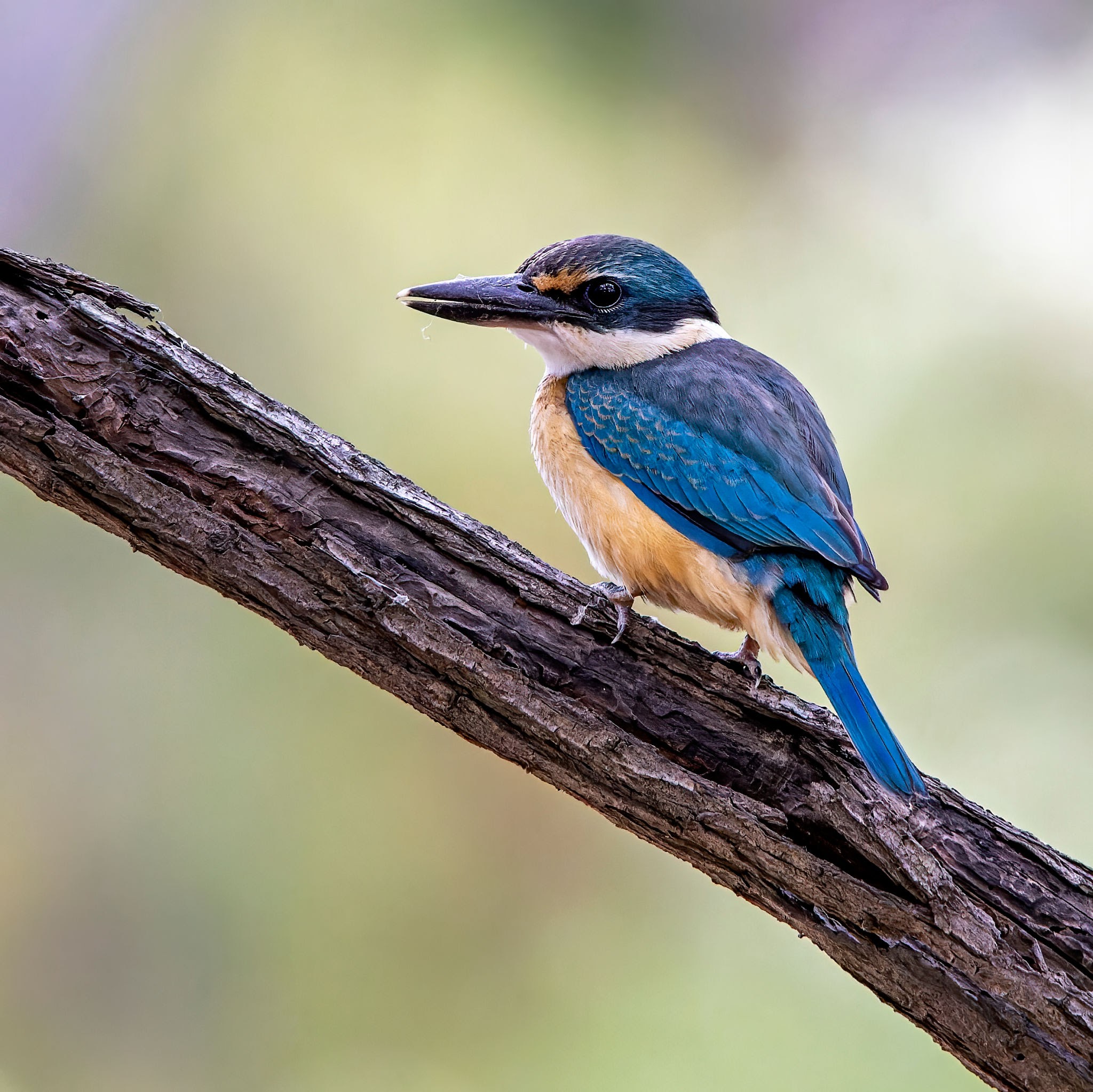
Some birds in Westgate Park like the Sacred Kingfisher and the Southern Boobook (owl) prefer to nest in tree hollows but these hollows take many years to form so we have erected special nest boxes where it will be safe to lay eggs and raise chicks.
Come with us on a tour to learn about these birds, why they come to Westgate Park, what they eat, and where we might see them.
This event in Westgate Park is aimed at children and their parents. Working with Children Checks required.
Bookings are essential, $10 for adults, kids free.
10am to 12pm Sunday 24 September
Hollows for Habitat

As part of our project – Hollows for Habitat – we are running a series of tours, field trips and monitoring events. This is to see if the 50 nest boxes erected in the park are supporting microbats and birds that would normally use tree hollows.
Not a lot is known about microbats in an urban environment like Westgate Park. Even less is known about the success or otherwise of artificial nest boxes for them. Our discoveries will be collected as data, adding to meaningful knowledge about these tiny mammals and their importance to ecology.
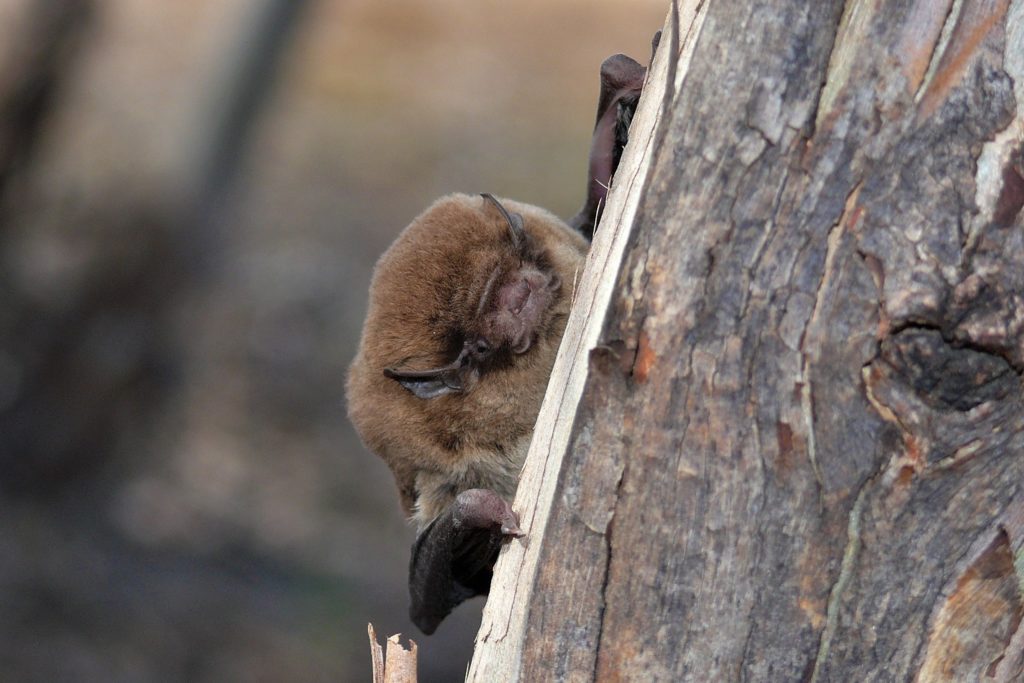
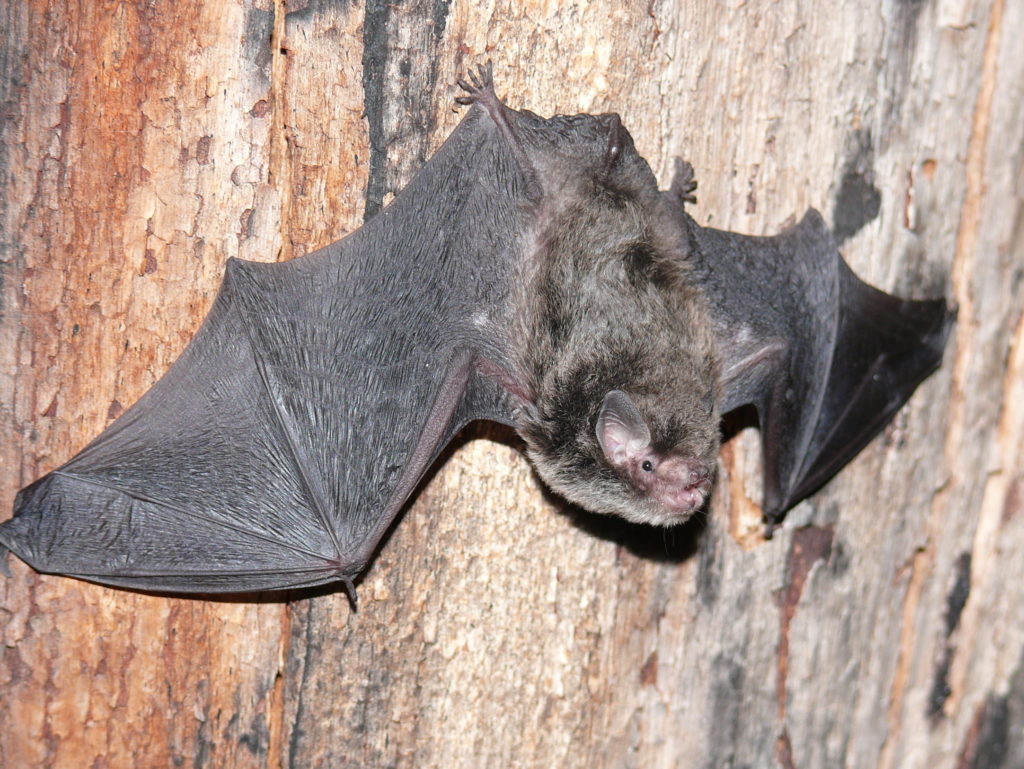
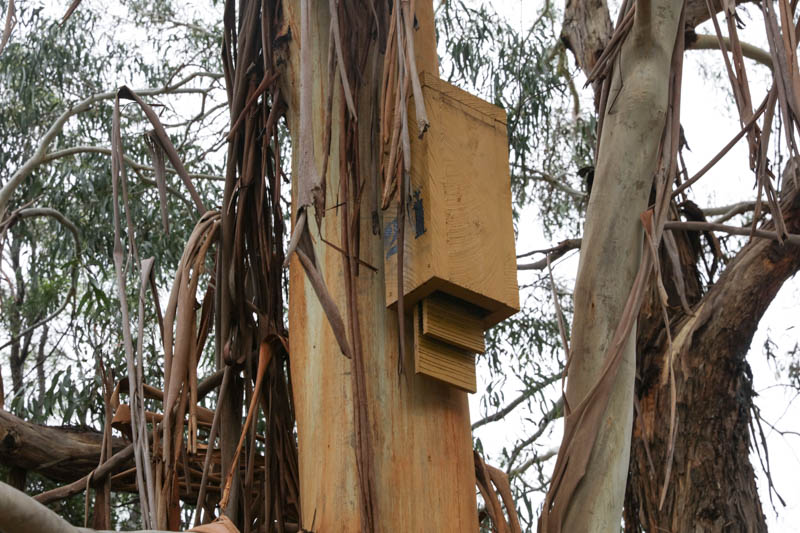
Hollow-dependent birds such as cockatoos, parrots, lorikeets, owls, kingfishers and even pardalotes have been recorded as regular visitors to Westgate Park but do not breed there.
As the vegetation continues to grow and become more established, hollow nesting species may stay longer and potentially breed, rather than briefly visit as they presently do.
We hope our nest boxes will soon compliment this improving habitat by encouraging hollow nesting birds to breed in Westgate Park.
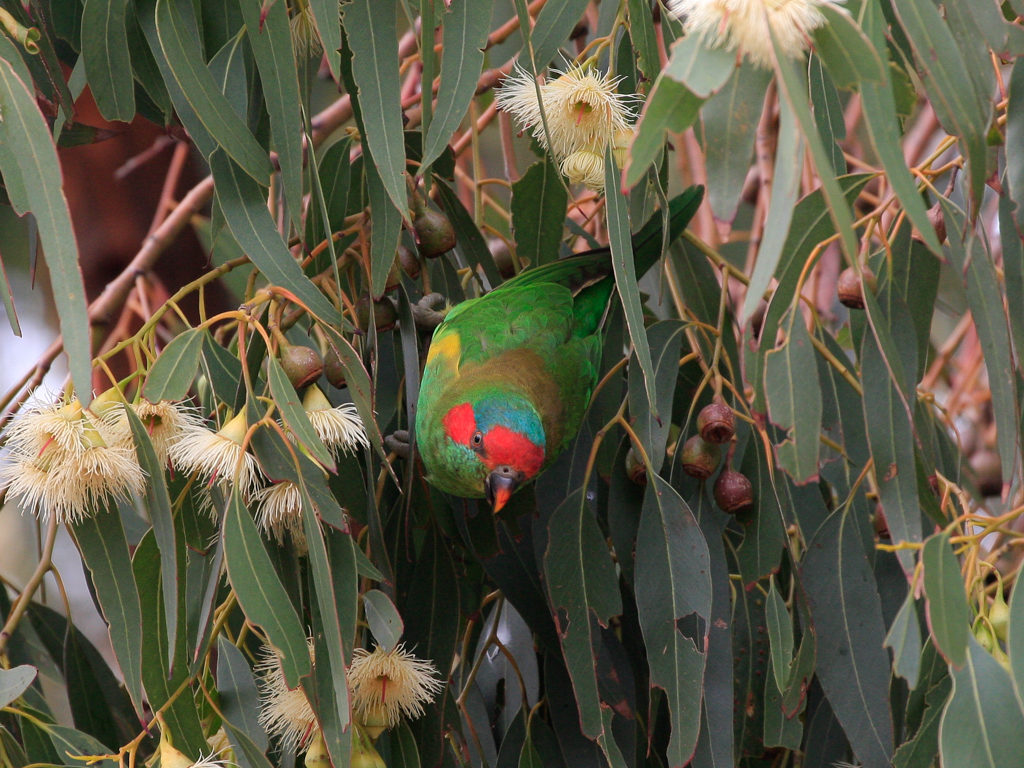
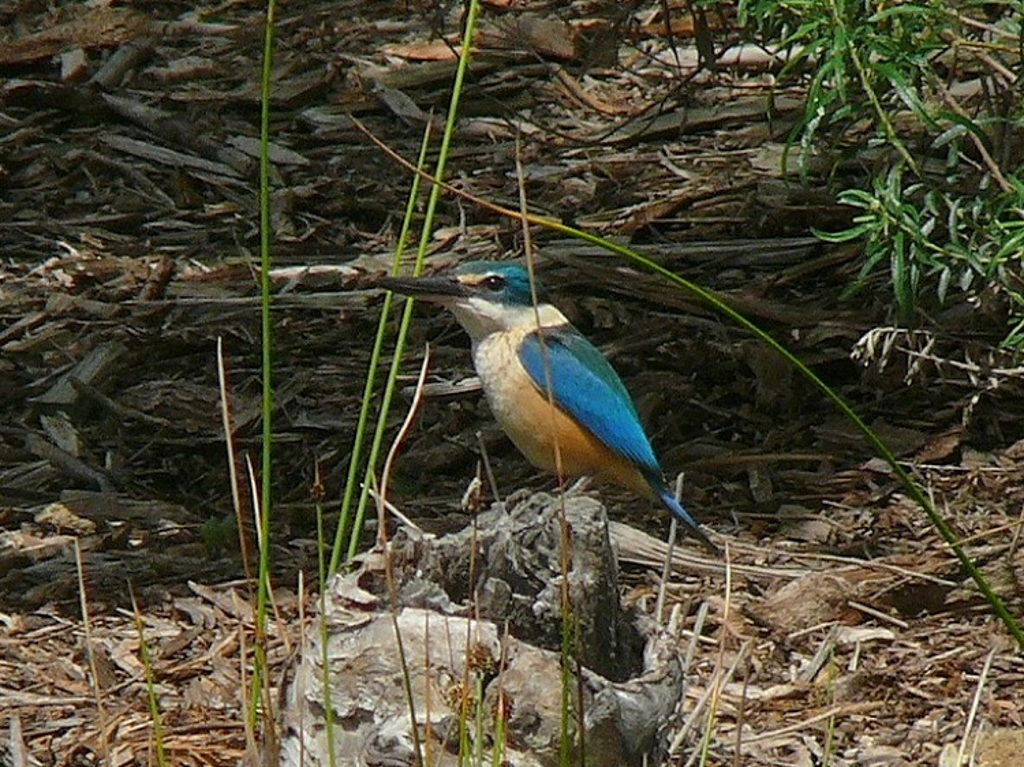
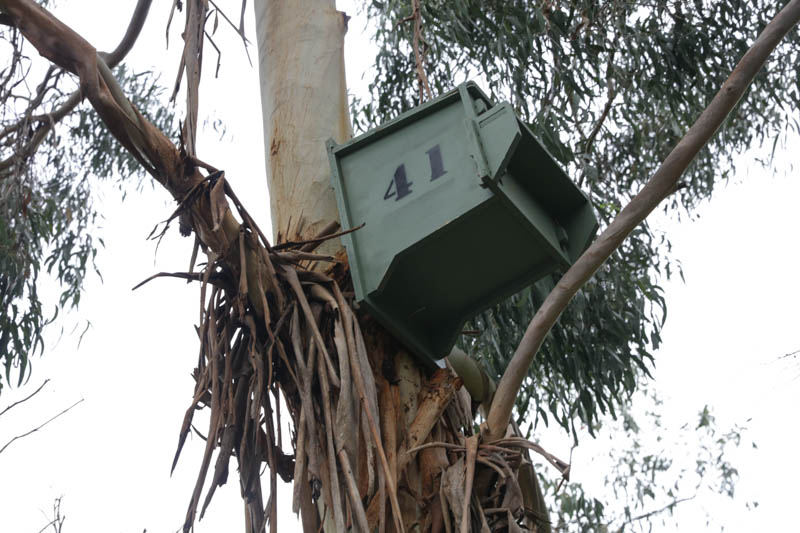
Our aim is to work with students and people interested in citizen science so look out for our events and subscribe to our enews if you have not already done so.
This project is funded by a grant from the Port Phillip & Westernport Catchment Management Authority, now merged with Melbourne Water.
Rhagodia and Clematis on special $3.50

We have excellent stocks of Rhagodia candolleana – Seaberry Saltbush (a semi-succulent scrambler good for hedging). Also Clematis microphylla – Small-leaf Clematis (a lovely, fragrant climber). Great to get these in the garden for early spring.
Call in to Bili Nursery, 525 Williamstown Road, Port Melbourne – we are open on Saturdays 10-3pm!
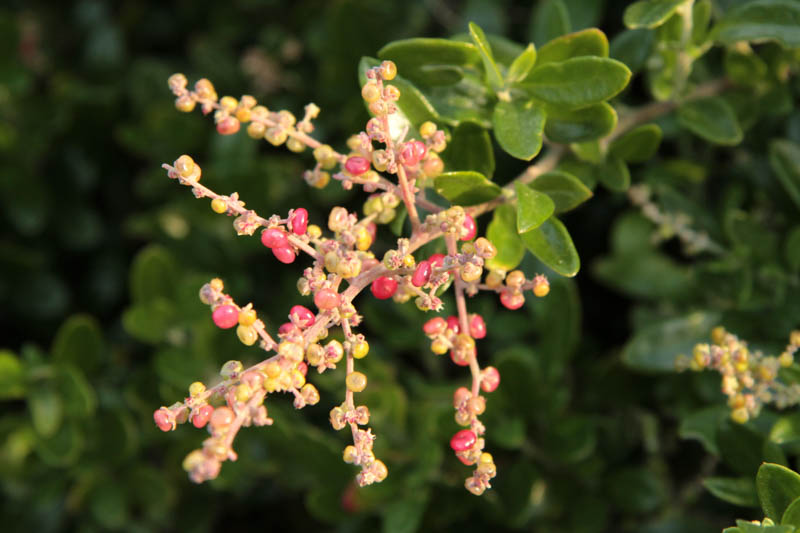

News on park management
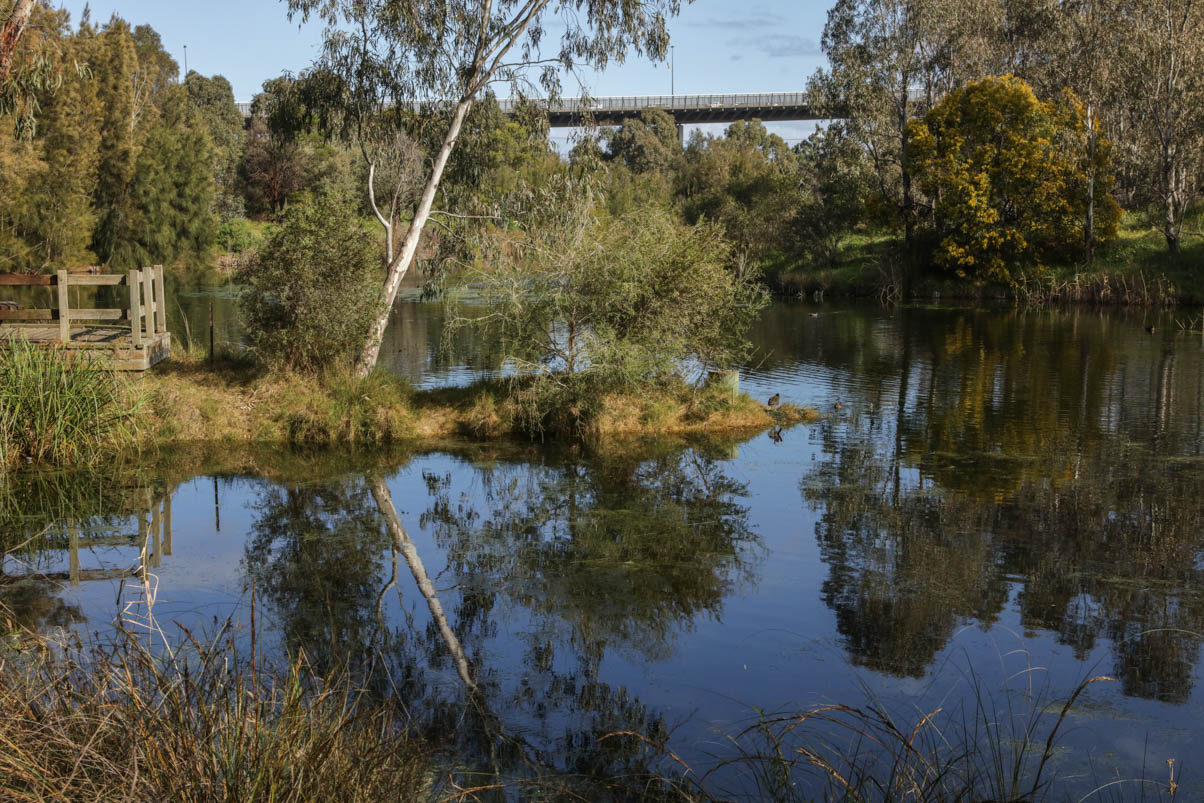
It’s now official! Management of Westgate Park is to be taken over by the City of Melbourne on 1 January 2026. In the meantime, we will be working with the Council to develop a master plan and prepare for the new arrangement. More to come on this …
Gift of nature vouchers
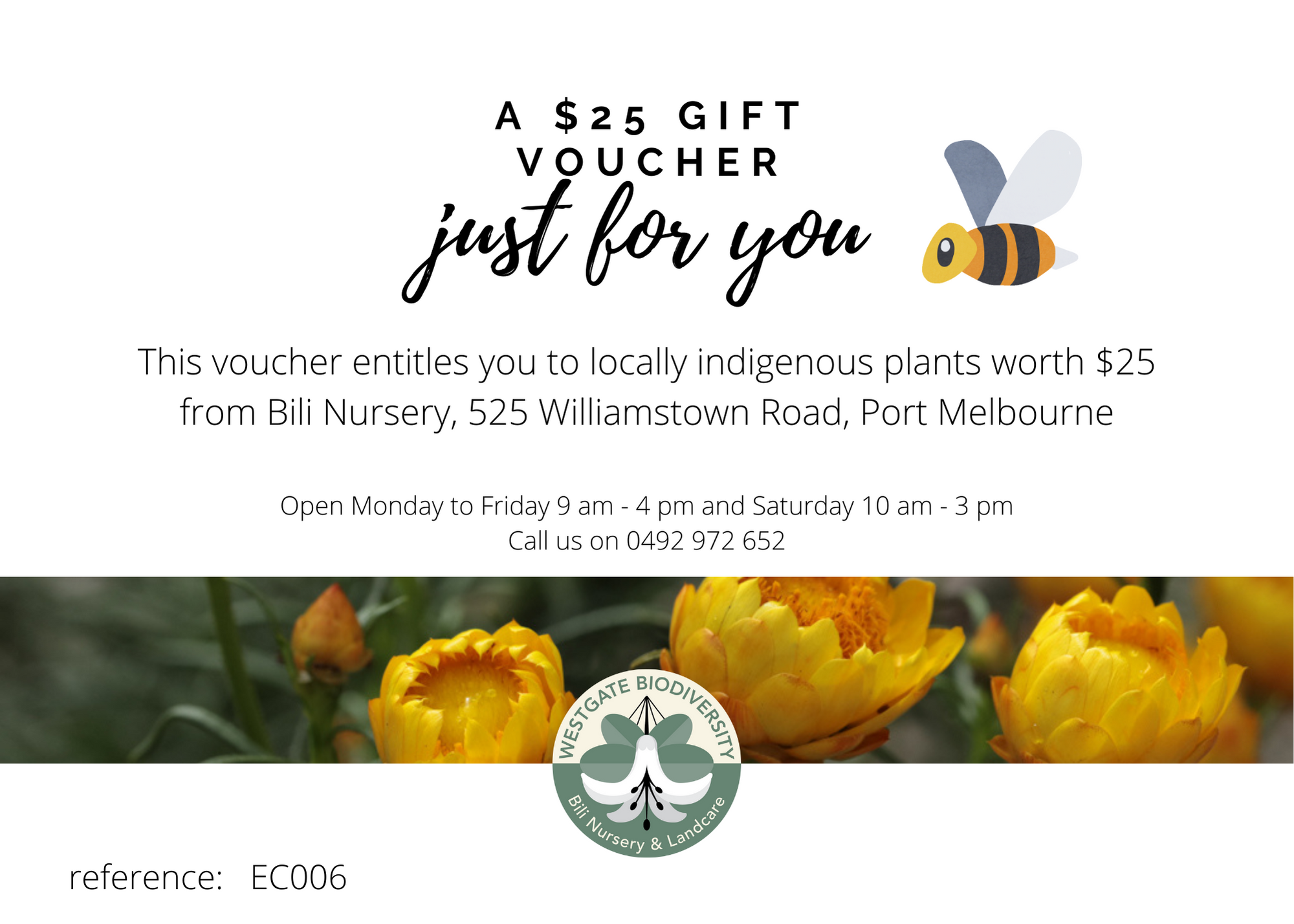
| Surprise your friends or family with a voucher so they can choose from the many lovely indigenous species we have in stock. |
August 7 bird survey
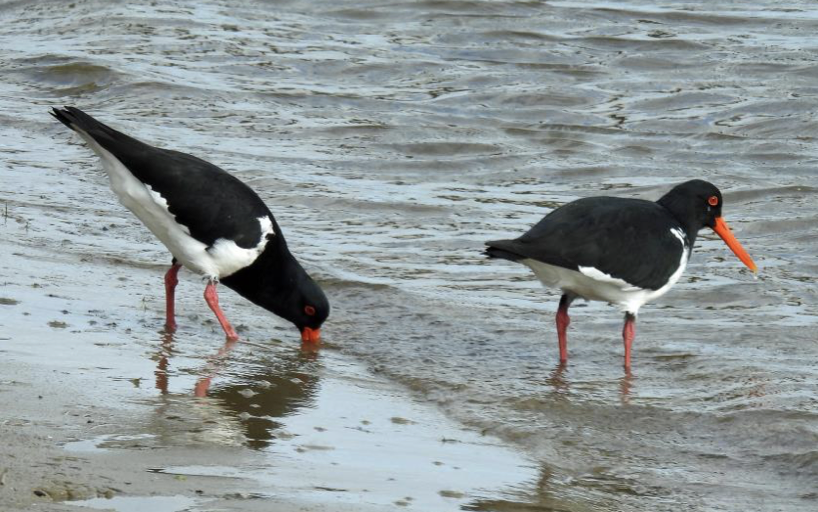
This survey yielded a higher numerical tally than usual. The several highlights were the return of Black-winged Stilts; a hunting Black-Shouldered Kite watching from one of bridge light standards that killed and devoured a mouse as we watched; two groups of Red-Browed Finches; two Darters on the river and accompanying full house of cormorants; the Brown Quail seen near our Todd Road entrance; and Fantailed Cuckoo clearly heard nearby by two of the survey team. Moreover, at the survey’s end we observed Crested Tern and Pied Oystercatchers – one of the latter was feeding avidly in the shallows despite a broken bill.
A negative aspect was the presence of 10-20 Noisy Miners along the lakeside track between the deck and the bridge near Railway Dam; the group was putting up a very noisy chorus. We hope this presence is temporary.
As usual, a special thanks to Ursula Dutkiewicz for her very pleasing and interesting photographs.
Biodiversity among the high rise
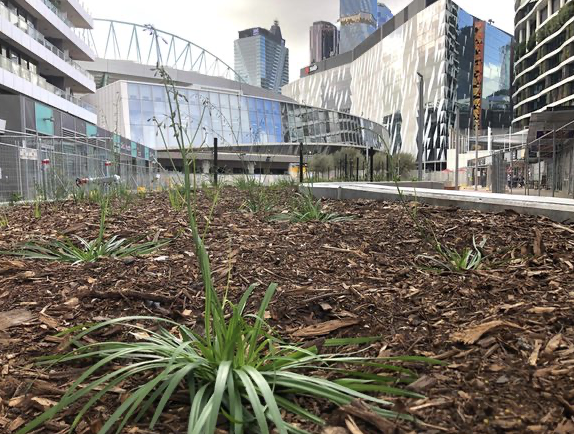
We put on a great display with our stall at Victoria Harbour for the opening of the new garden beds on the concourse, just outside the Marvel Stadium. 5,000 Bili Nursery plants are now in.
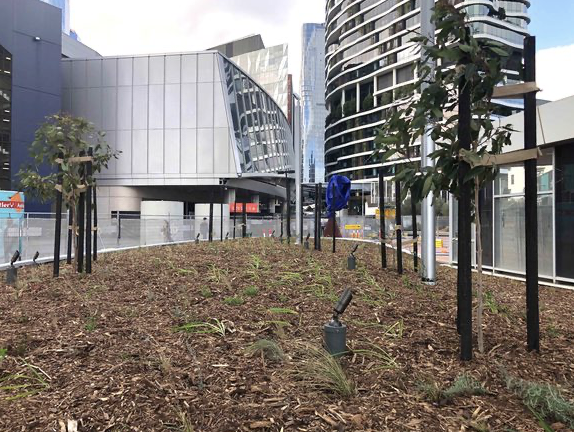


It is often a windy spot but on sunny days we expect residents and workers to be out enjoying the wildflowers. The Lord Mayor, Sally Capp launched the project giving support for biodiversity in the City of Melbourne.
Victoria Harbour was the first project of its kind in Victoria to achieve a green star rating in environmentally sustainable building practices.
July 3 bird survey
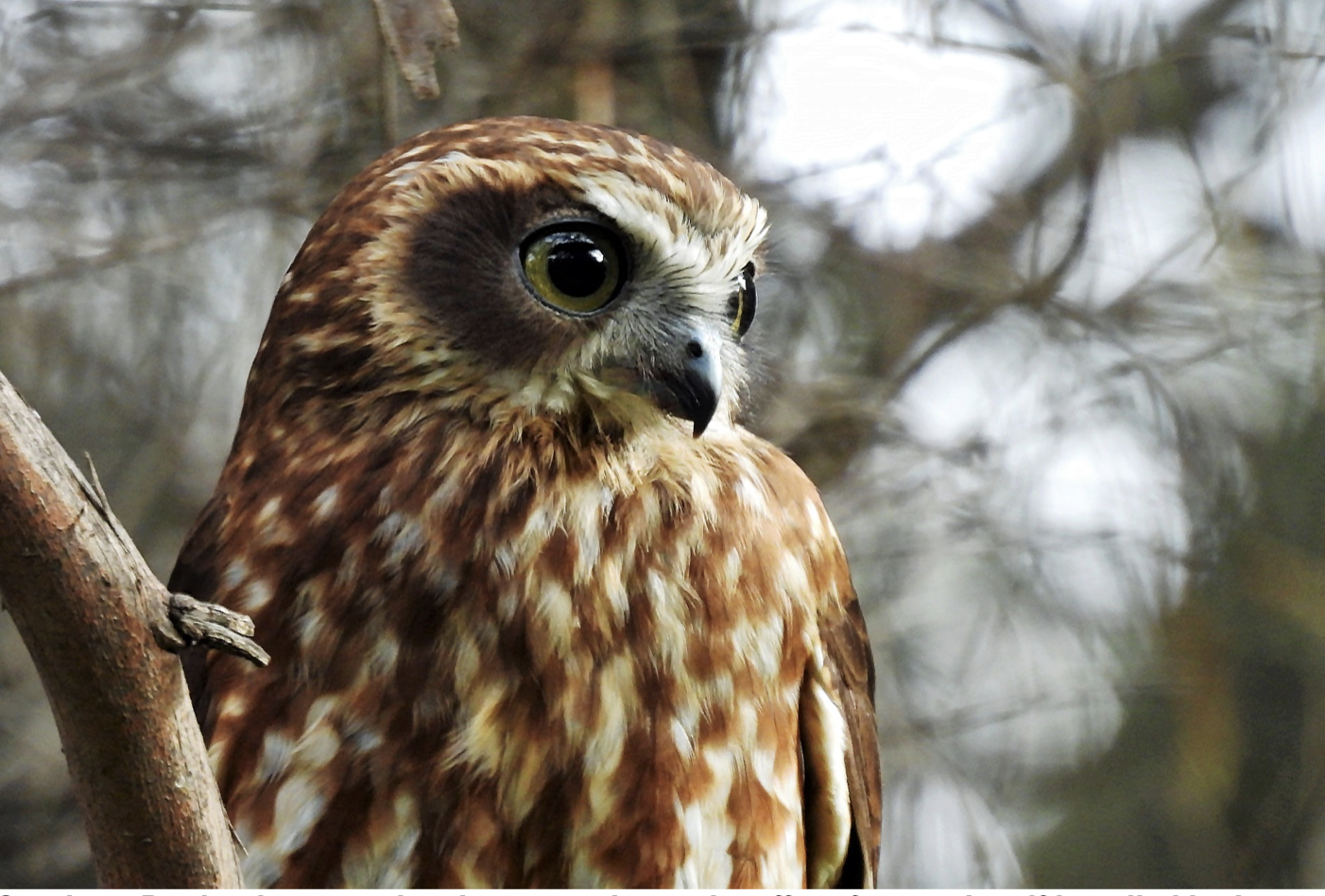
The count is low because the day was unpromising, and the top guns in terms of bird identification were unavailable. Moreover, water levels are very high. Accordingly, the range of waterbirds is low. Surprisingly no teal or Black Swans were seen today.
What is pleasing, however, is the number of Superb Fairy-wrens and more Spotted Pardalotes than usual (6 is a conservative under-estimate), plus the interesting species noted by the observers below, especially the Southern Boobook.
Visitors will note the number of new nest boxes for birds and bats installed around Freshwater Lake. These were fabricated by CFMEU apprentices for WBBNL.
